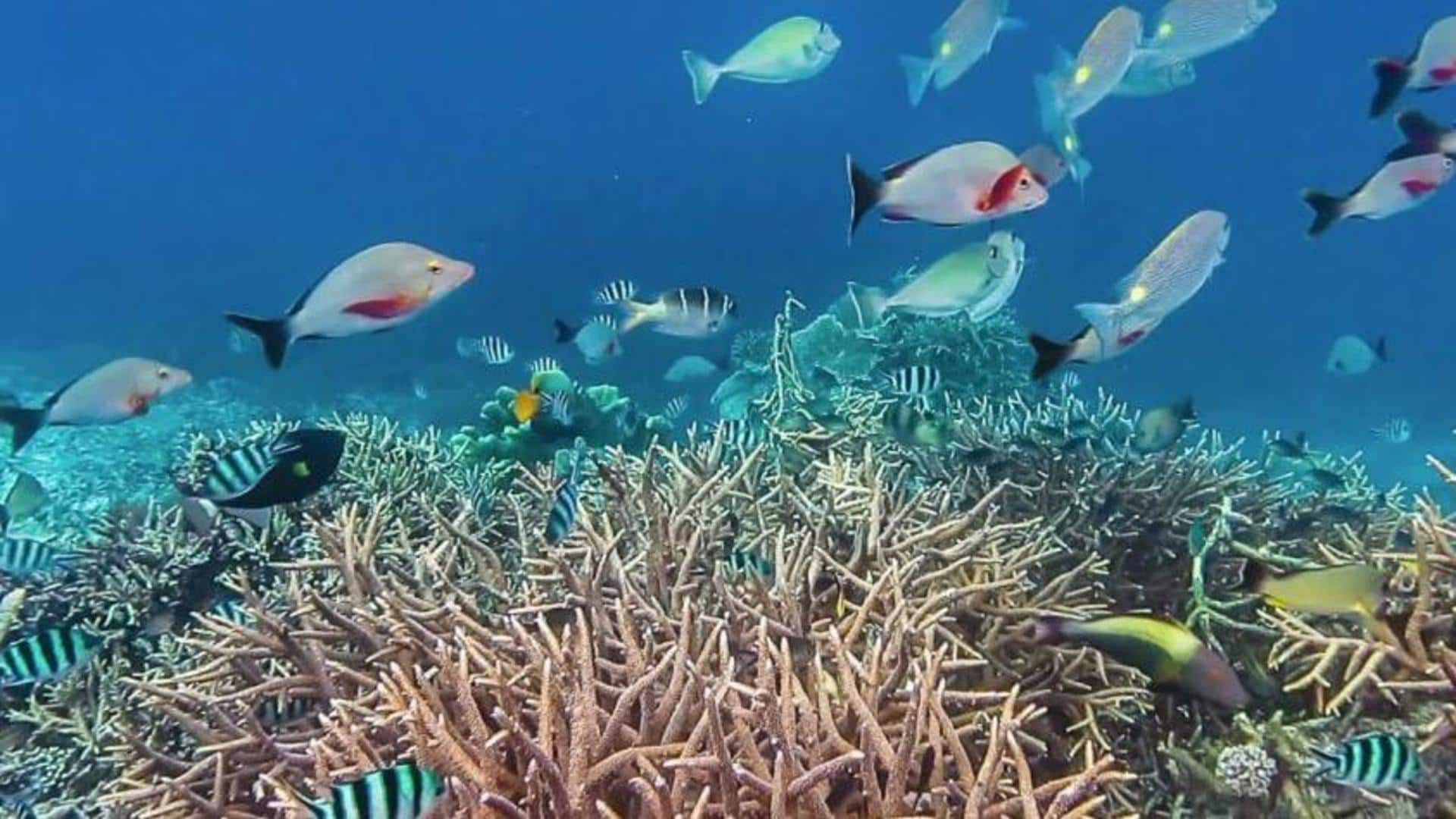
What is the UN High Seas Treaty and its importance
What's the story
The members of the UN have reached the first-ever agreement to safeguard marine life in the world's oceans lying outside national boundaries. More than 200 countries have agreed to what's termed the UN High Seas Treaty, which aims to allocate 30% of the world's oceans into protected areas by 2030. Why is the treaty so important? Let us find out.
Context
Why does this story matter?
According to environmentalists, the new treaty could help undo biodiversity losses and ensure sustainable development. While there are rules governing the high seas, these norms are often unregulated and not monitored sufficiently, which leaves them susceptible to exploitation. The new treaty brings in fresh hope and is set to change the fate of marine life in these waters for the better.
Formation of the treaty
UN High Seas Treaty was signed on March 4
UN High Seas Treaty was signed on March 4, at the UN headquarters in New York. The unified agreement has been long in the making and is the result of more than two decades of negotiations. For reference, the last international agreement on ocean protection was the UN Convention on the Law of the Sea, signed almost 40 years ago in 1982.
Stats
Only about 1.2% of the high seas waters are protected
It was the UN Convention on the Law of the Sea treaty that established a region called 'high seas'-international waters where all countries have the right to fish, ship and do research. The high seas, sometimes called the world's last true wilderness, account for more than 60% of the world's oceans by surface area. However, only about 1.2% of these waters are protected.
Exploitation
About 10% of the species are at risk of extinction
These waters are home to several unique marine species and support global fisheries. Sadly, the majority of the high seas are at risk of exploitation from threats including climate change, overfishing, and shipping traffic. Almost 10% of the species were found to be at risk of extinction, according to the latest assessment by the International Union for Conservation of Nature (IUCN).
Treaty
What is the UN High Seas Treaty about?
The UN High Seas Treaty aims to place 30% of the world's international waters into marine protected areas (MPAs) by 2030. More funds will be channeled for marine conservation. Restrictions will be imposed on the level of fishing permitted in these areas, the routes of shipping lanes, and exploration activities like deep sea mining-the process of collecting minerals from the ocean bed.
Detail
The treaty includes making arrangements for sharing marine genetic resources
Other important clauses of the treaty include making arrangements for sharing marine genetic resources. These are biological materials from oceanic plants and animals that can have benefits for society such as pharmaceuticals, industrial processes, and food. Environmental assessments will be conducted for deep-sea activities like mining. Further, the European Union (EU) has decided to donate almost €820 million for international ocean protection.
Upcoming
Countries will now have to formally agree to the treaty
Countries will now have to formally agree to the treaty, which will happen at a later session. The members will then have to look for practical ways to implement the measures. If the MPAs are not connected properly, it might not have the desired impact since many species are migratory and could travel across unprotected areas which could thereby put them at risk.